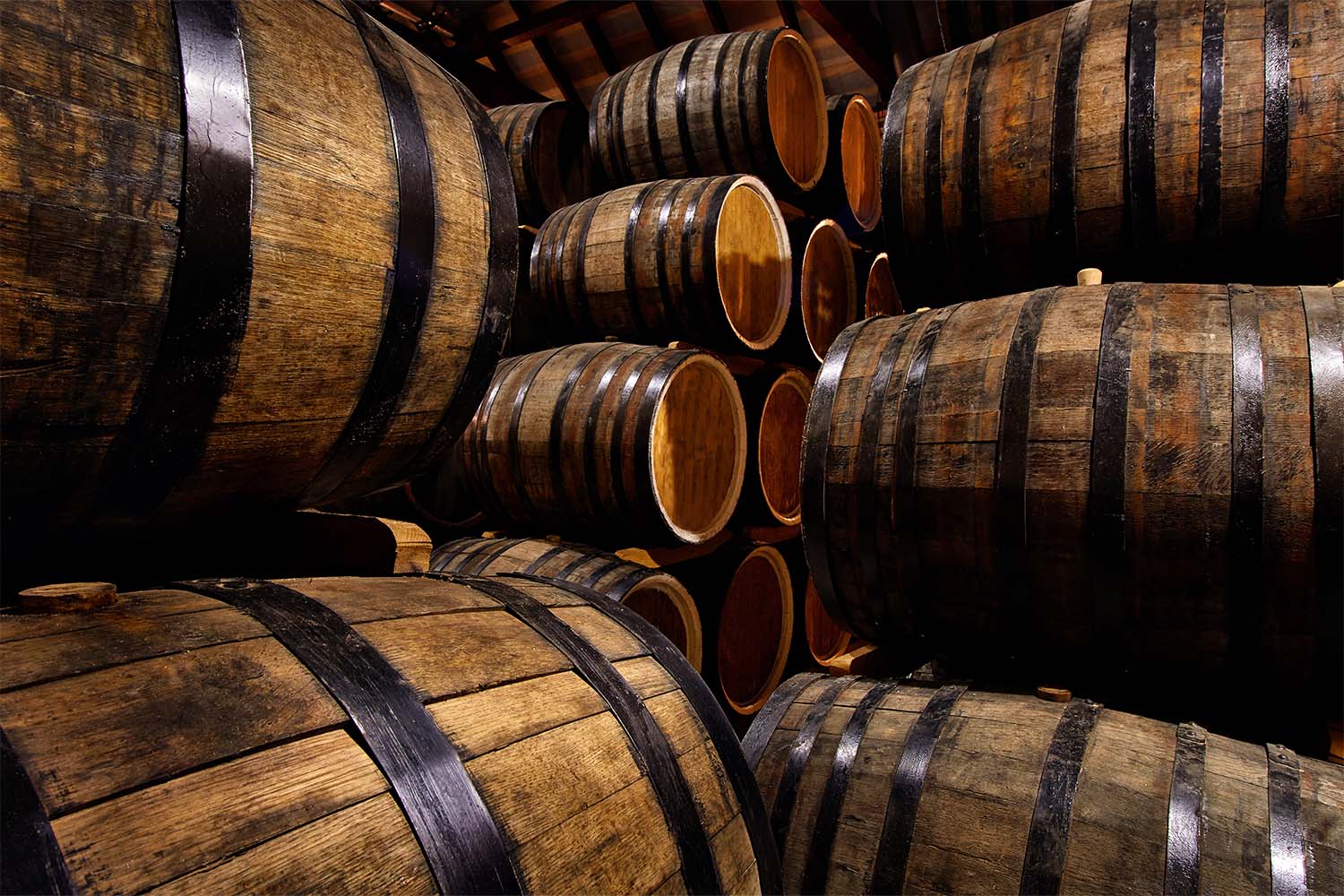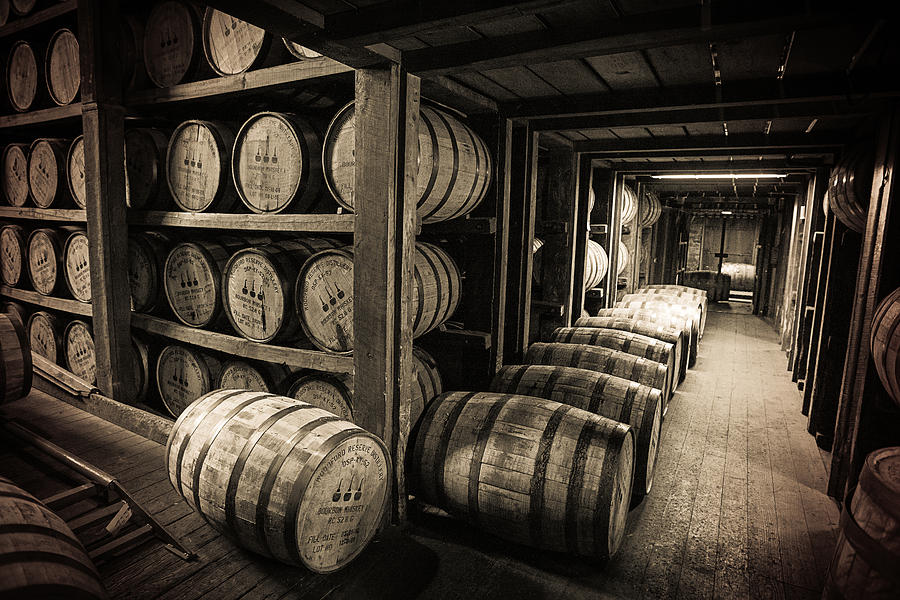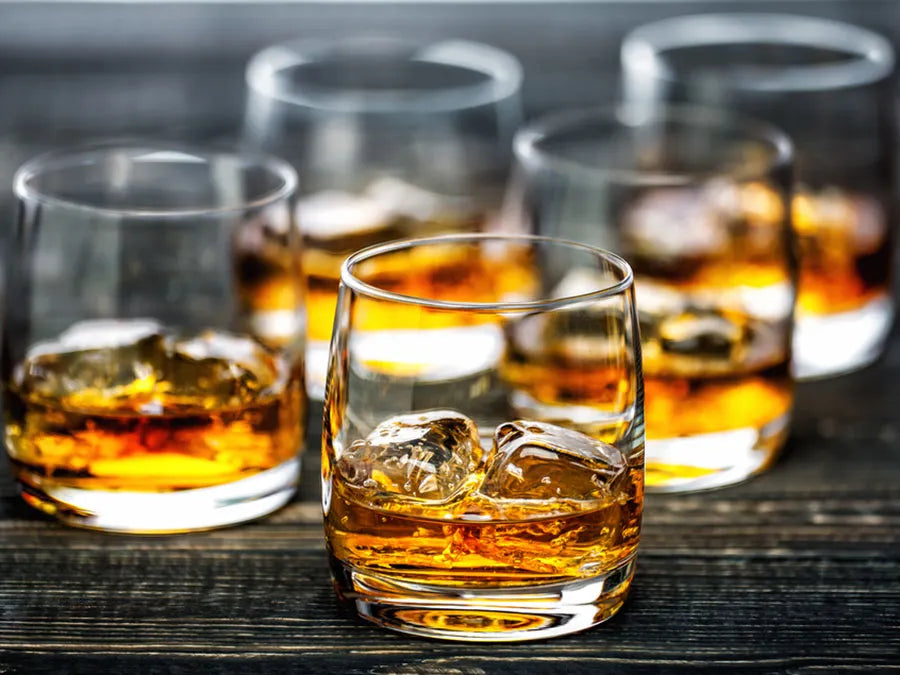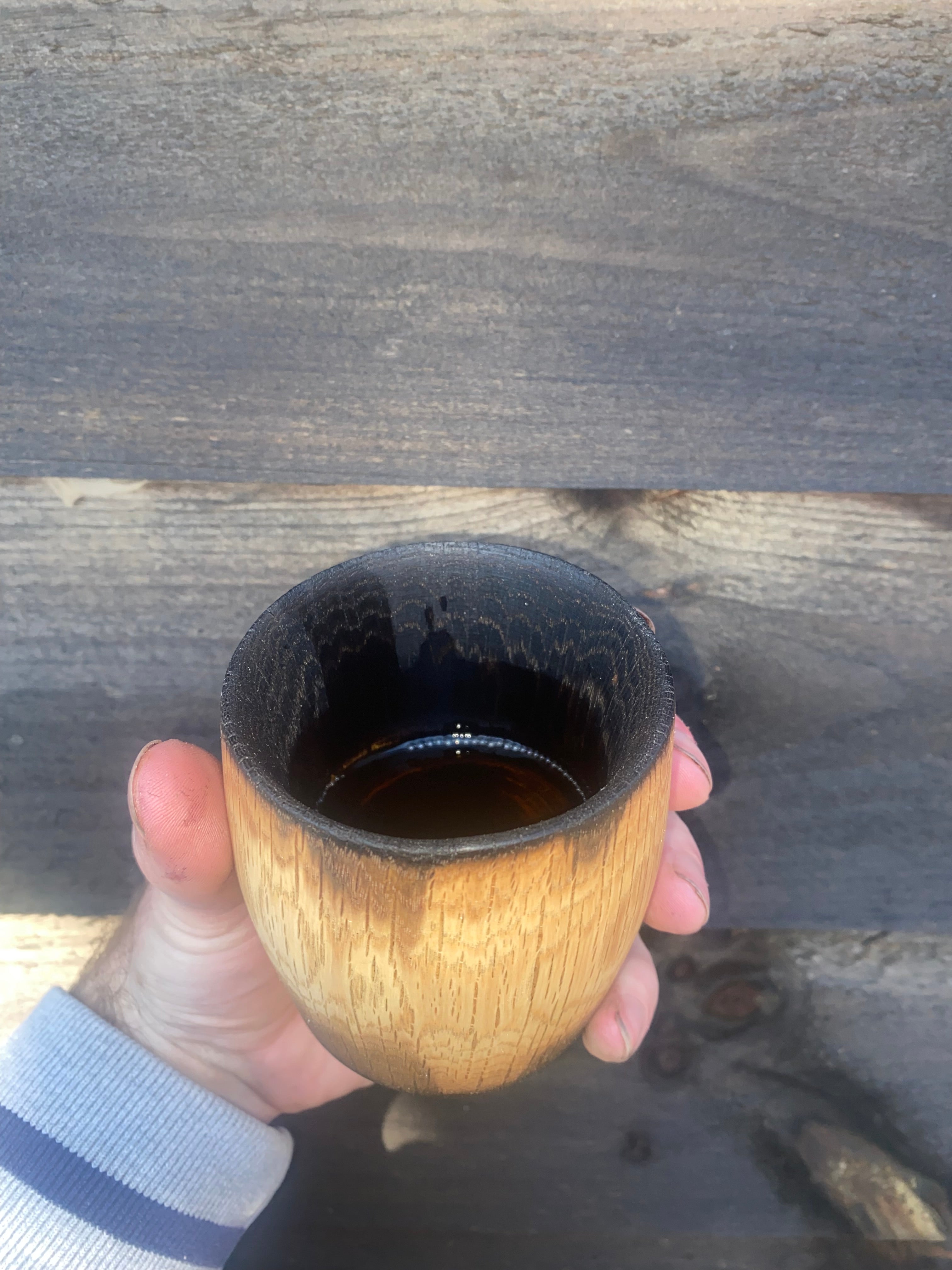
Oak and Whiskey
A pairing as timeless as tradition itself
Oak casks (barrels) shape a whiskey's soul, infusing it with rich flavors and stories. As we like to say, "Every sip has a story."

The process
After a whiskey is distilled, it is filled in a wooden cask (barrel) that's primarily made of oak. The type of oak, the char level, and the history of the barrel greatly affects the whiskey's color and flavor.
For example, if the barrel is made of white oak, the barrel will contribute more sweet and vanilla notes to the spirit. However, if the barrel is made of European oak, it will impart spicier and darker flavors to the whiskey.
If the barrel is used instead of new, it will add flavors from what was previously matured in the barrel instead of a of a more robust color and flavor from a new barrel.

Char Levels
The char level also affects the flavor of the whiskey. When you char a barrel, you burn the surface of the wood to create a layer of charcoal. It's different from toasting, which lightly burns the surface at a lower temperature.
History tells us that barrels were initially charred to avoid rot and moisture while also increasing the longevity of the wood. It wasn't until later that charring was discovered as a key ingredient in shaping the whiskey's flavor.
If the barrel is toasted, the flavor will be lighter with more of the natural oak coming through. If the whiskey charred, it will add deeper caramelized and toasted flavors due to the higher levels of carbon which filter and react with the spirit.

The color and flavor
Without the maturation period in the oak barrels, whiskey wouldn't be the same. In fact, the color would be clear, similar to the appearance of vodka or gin. The flavor would taste exactly like the grain it was distilled from instead of subtle hints of vanilla, coconut, caramel, and spice that it gets from interacting with the wood.
Next time you're enjoying a fine whiskey, remember that you're tasting subtle dance between oak and whiskey.

